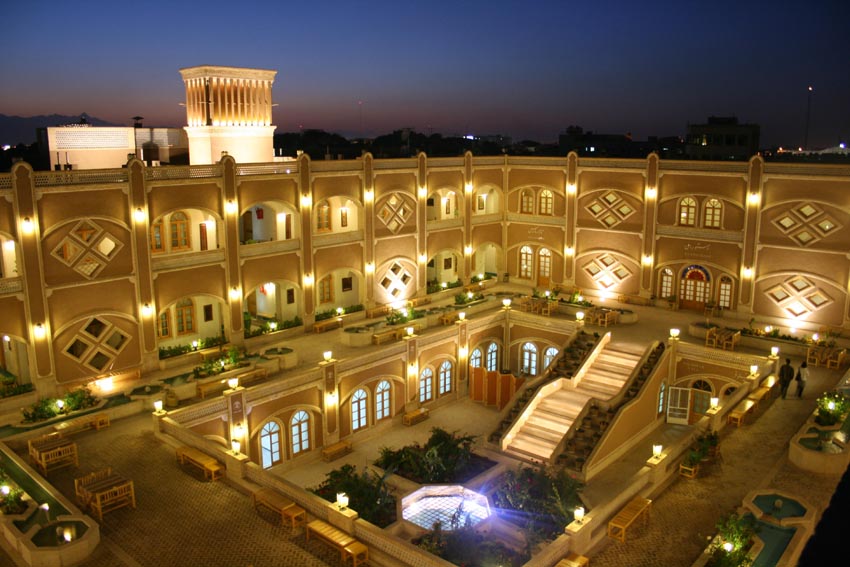In the report, La Stampa elaborates on the unique features of Yazd saying the city is shining like a pearl in the region.
“Yazd is the 22nd historic and cultural site in Iran registered as a world heritage by the UNESCO on July 9, 2017. Since then, the city has turned into a national pride for all Iranians. The historic structure of the city is a collection of religious architecture on a vast land,” La Stampa was quoted as saying in a Farsi report by IRNA.
The daily went on to say with a history of over three thousand years, Yazd is one of the most ancient cities in the world; which used to be a commercial hub in the past. It was also a major city along the Silk Road.
“With its interconnected narrow alleys, ochre-coloured houses and cyan-tiled mosques, the old section of the city shines like a small jewel,” it added.
Yazd’s Grand Mosque with two 48-metre minarets dominates the whole city. The mosque has valuable tiles used in the wall decorations. The city also enjoys a large number of aqueducts.
Aqueduct is a bridge to convey water over an obstacle, such as a ravine or valley. Even today, aqueducts account for 75 percent of Yazd’s water.
Yazd is one of the most important cities of the world; and is widely viewed as a centre of Iranian architecture. Due to its dry weather, the city has one of the largest networks of aqueduct in the world.
Yazd has also accommodated a large number of ancient buildings with wind-catchers which protect the residents against the scorching hot of summer. The wind-catchers represent a top example of Iranian architecture.
The city is also equipped with special buildings working as refrigerator. Some of these buildings are still in use. Yazd is also home to a number of Zoroastrian temples which date back to years before the birth of Christ.
